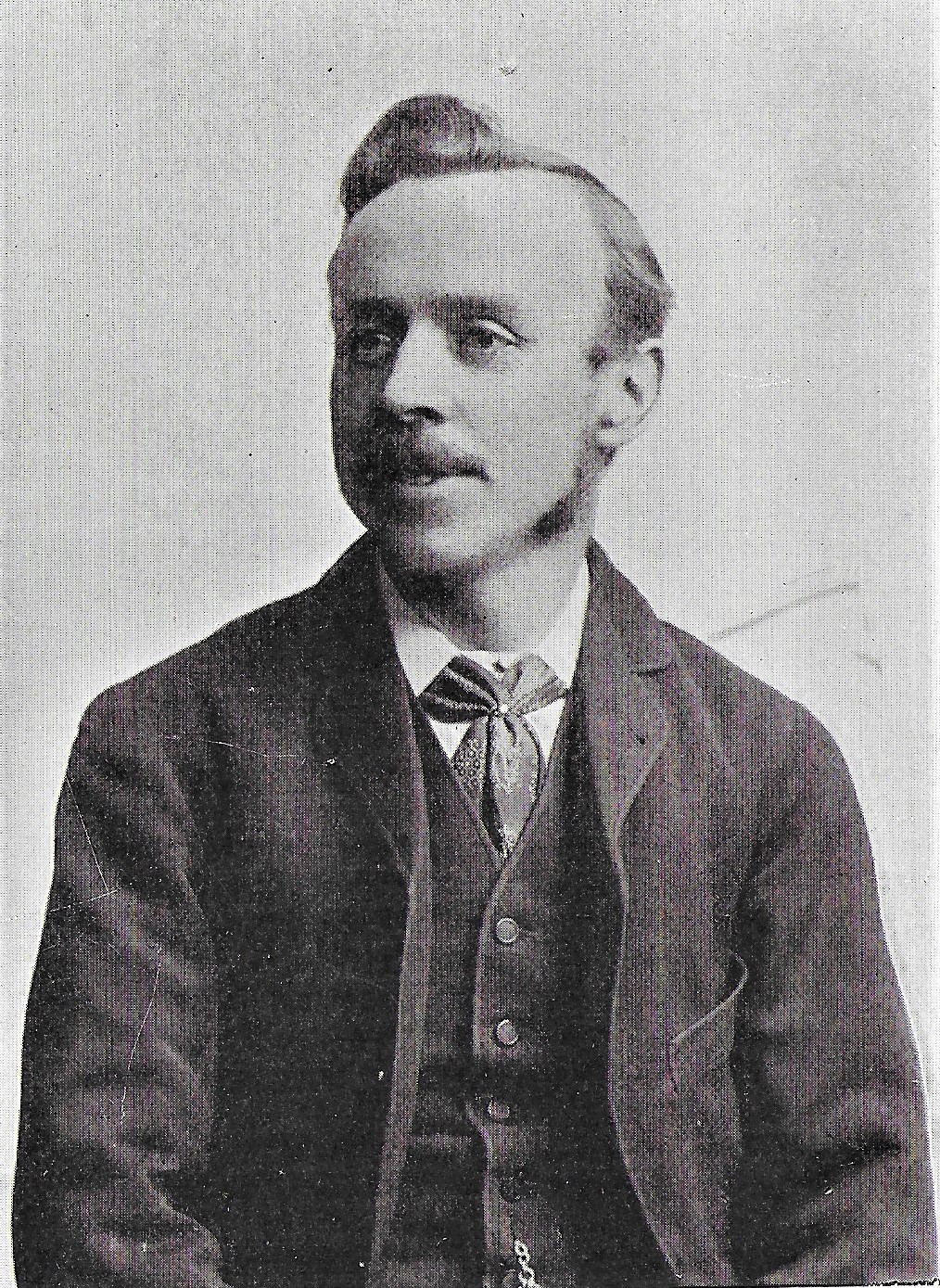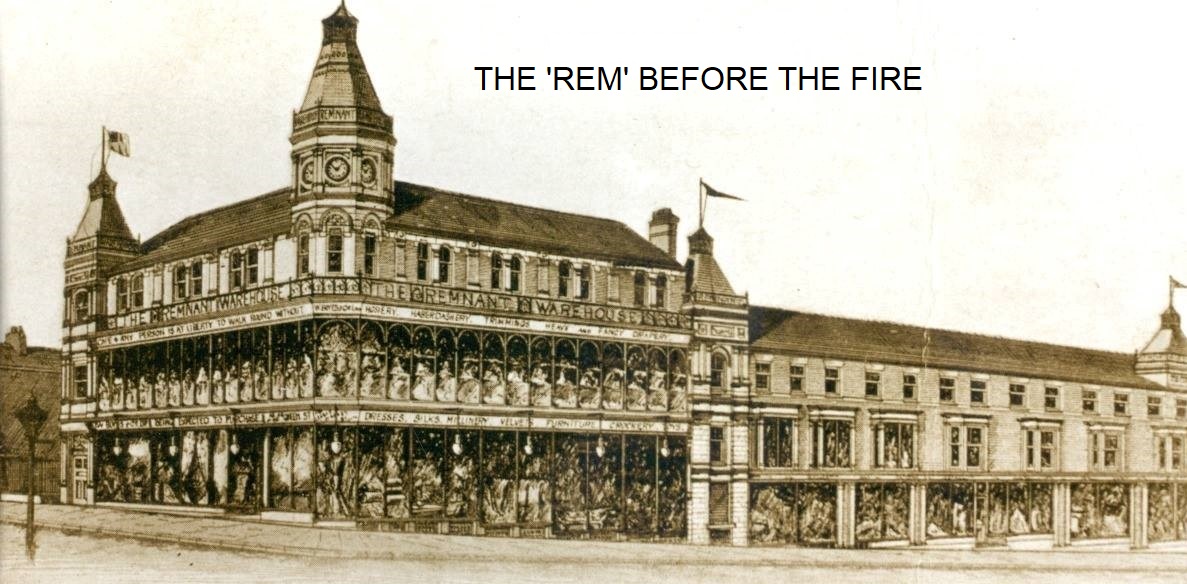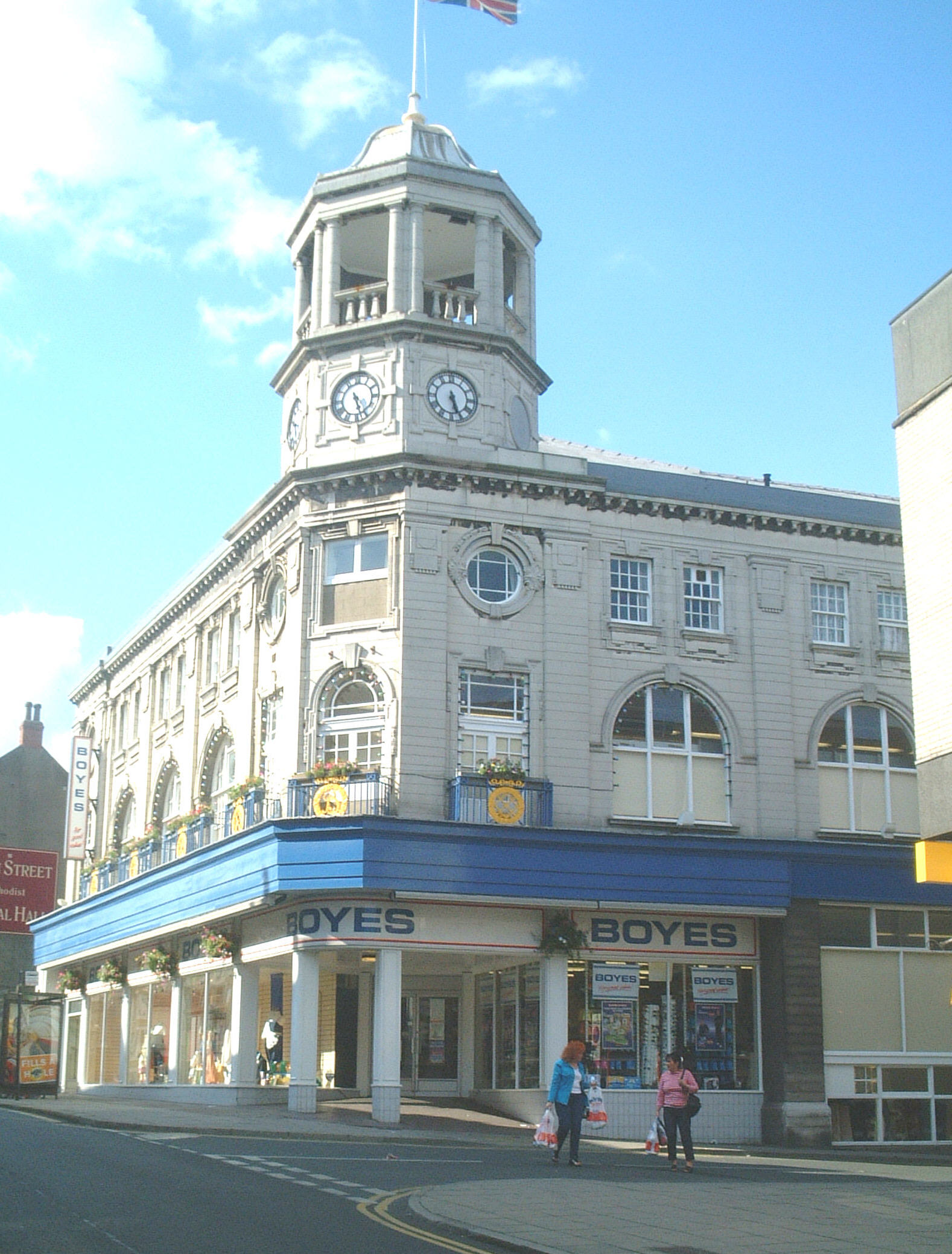William Boyes was born at 15 Bedford Street, in 1859. His father, also called William was a joiner and his mother was Martha, nee Chester; sadly William’s mother died when he was still young. In 1861 his father was living in North Street and registered as a grocer and baker bringing up William and Freda, William’s sister. The following year William remarried Hannah Robinson, and in 1870 William and Hannah were living at 19 St Mary’s Walk, William senior had reverted to his old trade as a joiner. William junior attended school at the National School then the Lancastrian School, it was about this time in 1871, that young William started his first job as a newspaper seller. He told a story of having been bullied by other newspaper venders because he used to sell more papers than them. This was followed by a job as an errand boy for various stores. Whilst still young he joined the Batty Alley Band of Hope, this was in a small mission chapel off the top of Dumple Street (now Friargate). When he was fifteen, he started an apprenticeship with George and Collings drapers, on Westborough.

On completion of his apprenticeship he travelled around gaining experience in London and other places, by 1881 he was in Otley living and working for a Mr Till, a draper, shortly after, in 1882 he married Jane Riby of Gemble, near Beeford. They went on to have seven children, two boys and five girls.
In October 1882 he took premises at 28 Eastborough (corner of Eastborough and Globe Street), he had decided that if he could buy remnant cloth from manufacturers at a reasonable price, he could sell them to his customers at a reasonable price. His judgment had been perfect, as word got around that he stocked remnants big enough to make dresses and other items that could be sewn at home, his business went from strength to strength, and he soon found there wasn’t sufficient room in the premises to stock and sell the goods.
He examined a warehouse on Market Street which after having been used by W Rowntree & Sons was empty. He was advised by many people that as it was not on the main shopping street he would not be able to attract many customers; this made William doubt his decision and he was fearful he wouldn’t attract the necessary trade to ensure success of the venture. His doubts proved wrong as very soon he found he had to expand again and adapt the upper floor of the building to a serving area as his goods were so popular; over the next few years he kept acquiring adjoining property and expanding the shop, until he had obtained the entire side of Market Street, plus property on Queen Street.
In such a short period of time, about fifteen years, he had extended his counter space in Eastborough from 14 foot (4.2M) to about 600 foot (183M) in Market Street.
Throughout this period William was taking an active interest in local politics and stood as a Liberal candidate for the North ward in 1895, only to be defeated, He stood again in 1899 and secured a seat in a different ward which he held until 1908 when he stepped down.
Also, in this period he bought a house on Oak Road, then purchased land nearby, on the corner of Seamer Road and Highfield, on which he had a house built to the design of Scarborough architect John Caleb Petch, who had just finished work on Green Gables further up the road. When the family moved into the new house in 1897, they named it Chesterfield. He stayed in that house until 1918 when he sold it to James Johnson, a racehorse trainer, who changed its name to Penguin Lodge, the name of his first horse, and it remains with that name today. At that time William moved to Westwood End, Westwood, Scarborough. Sadly, his wife Jane died in 1919.

In 1900 he decided he needed to combine his properties on Market Street and Queen Street and build one new department store; to secure funding for this he set up a limited company with three local business men and formed W Boyes & Co Limited. Again he turned to John Caleb Petch to design the new building which opened in late 1901, named The Remnant Warehouse or the ‘Rem’ as it was more affectionately known. It is easy to see, even at this time, that William was not only a good businessman but a good employer, as many people employed then saw out their working life at Boyes. In 1903 most of the staff received a good pay rise, whilst in 1904 a £50 bonus was distributed among the staff. The success continued when a new store was opened in York.

Britain went to war in 1914 and in December Scarborough was bombarded from the sea by German war ships, Scarborough had hardly recovered from this event when in February 1915 disaster struck the Rem Store. A fire thought to have started in a gas making plant in the basement broke out, resulting in what was the biggest fire ever seen in Scarborough. Not only was the ‘Rem’ totally destroyed but also the adjoining Jubilee Church, as well as much of the property on the opposite side of Market Street and many shops opposite on Queen Street were also badly damaged. William, who had been in London buying, returned and told his staff that he would keep them all employed. He then went about acquiring temporary premises in St Nicholas Street and Newborough, which were all stocked and open to the public within two weeks. The Queen Street store was put in the hands of Plaxton’s, a local builder, and they managed to have the new store open by July 1916, which was a wonderful achievement when you think there was a world war going on and there was a shortage of building materials. Over the next few years, Boyes stores expanded into new premises in Hull, Newcastle and South Shields.

Whether or not it was the loss of his wife that renewed his interest in politics, William stood for election again in 1919 and won, and in 1921 he became Mayor of Scarborough. At the end of his term he was appointed as an Alderman, however he was asked again to be Mayor in 1924 which he did, stepping down on 25 November 1925, sadly he died just over a month later on 31 December 1925. After Williams death, his family carried on trading using his philosophy of providing goods at a bargain price and looking after their workforce. Today, there are over sixty shops spread around the country, and many of the staff have been with Boyes for most of their working life.
VISIT
Boyes Store Queen Street, Scarborough
Boyes Museum Boyes Store King Street, Bridlington
FURTHER READING
Some Scarborough Faces Past & Present 1901 J Blakey
Boyes Stores the Story of a Family 1981 K Dix
Conflagrations 2003 L Shannon